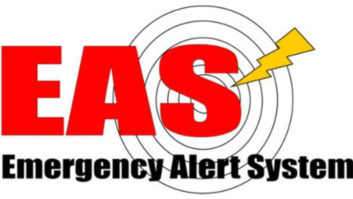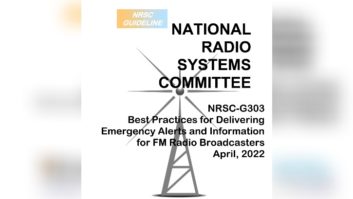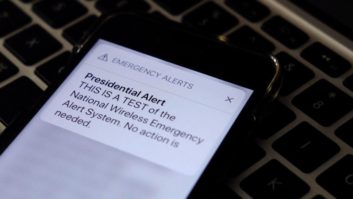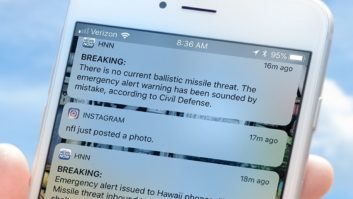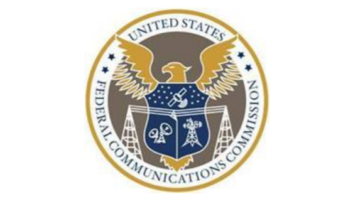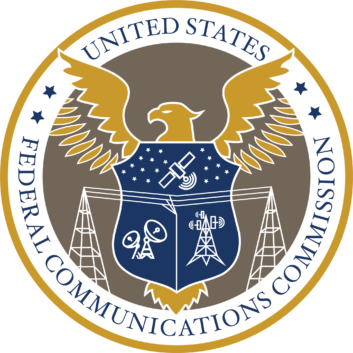 Text has been updated with the comment filing deadlines.
Text has been updated with the comment filing deadlines.
The Federal Communications Commission now has officially proposed a number of rule changes “to improve the way the public receives emergency alerts on their mobile phones, televisions and radios.”
We reported earlier that the move was coming. The commission now has adopted both a notice of proposed rulemaking and a notice of inquiry.
The NOI is what is likely to grab the most attention among the general public; the FCC will explore the technical feasibility of delivering Emergency Alert System alerts through the internet, including streaming services, and whether it is feasible for EAS participants to use the internet to offer advanced alerting capabilities to the public.
That would be a major change in the nation’s alerting infrastructure.
More immediately, though, the NPRM asks for comments on several more immediate changes that the FCC wants to make.
The proposal would create a new mandatory alert class called “National Alerts” by combining the “Presidential Alerts” category, which is non-optional on devices that receive Wireless Emergency Alerts, with alerts from the FEMA administrator. In other words, mobile devices would not be allowed to opt out of WEA alerts from FEMA.
It would encourage the states to review their State Emergency Communications Committees and require SECCs to meet at least annually; among other things, EAS plans would no longer be publicly visible on the FCC website for security reasons.
If the changes are adopted, the FCC also would provide a checklist of information to be included in annual submissions of state Emergency Alert System plans and amend the process for commission review of those plans.
Government agencies would be allowed to report false emergency alerts to the FCC’s 24/7 Operations Center. And the proposal would require that EAS participants can repeat certain alerts over television and radio when the government alert originator requests it.
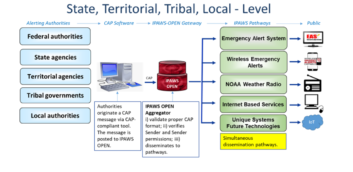
“The nation’s Emergency Alert System and Wireless Emergency Alerts help keep the public safe and informed and are of ever-increasing importance given the emergencies and disasters Americans have faced in recent years,” the commission noted in an announcement Wednesday.
“In 2018, however, a false emergency alert in Hawaii mistakenly warned of an incoming ballistic missile and highlighted the need to improve these systems. The National Defense Authorization Act for Fiscal Year 2021 subsequently charged the commission with adopting rules to strengthen emergency alerting in various areas.”
The commission also asked for input on questions like whether it should adopt a National Security Event code.
Update: The FCC now has published the comment filing deadlines. Comments in the NPRM are due April 20 and replies are due May 4. They can be filed in the FCC’s online comment system. Refer to PS docket numbers 15-91 and 15-94.
Comments in the separate NOI are due May 14, and replies are due June 14.





